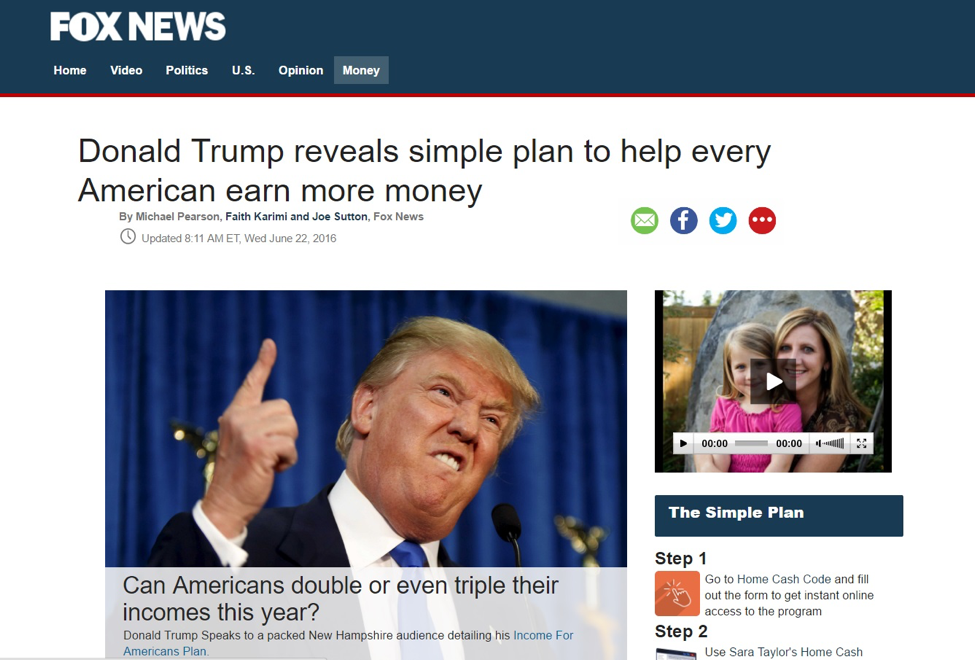A Quest to Identify the Fake: Finding Truth in a Mediascape with No Filter
By Nathaniel Trinidad Doherty
On Wednesday September 4th, 2019, A group of Gettysburg College’s environmental journalism students took a field trip to Washington DC. The students were unsure about what awaited them on their quest for journalistic knowledge, but they knew one thing: their first stop was the world-renowned Smithsonian’s Newseum, where they would ultimately learn about the media plague that is “fake news”.
The recent technological boom of the past 30 years has brought with it an abundance of advantages for humanity. Many would argue that the most significant improvement we have encountered is the exponential increase in the rate and volume at which information can be transmitted. This is, of course, thanks to the creation of the Internet. However, an undesired result of this exceptional feat is that it is also much easier to spread false information to the masses. Today, the problem of “fake news” is at an all time high, and many people lack the skills necessary to identify fact from fiction on the web. Little did the students know that with their visit to the Newseum, they would leave equipped with exactly those skills.
At first glance, the Newseum is impressive. Boasting seven floors of diverse media exhibits, it is a gateway into the world of journalism and a platform for education in journalistic writing. In arriving at the Newseum, the students were immediately met by Sara Bhatia, an instructor at the Newseum. Soon thereafter, the students were brought into a large classroom, and before they knew it, class was in session at the Newseum.
Bhatia first introduced herself, then swiftly dove into the class material. She began the lesson with a very important fact. Unbeknownst to the students, she made it clear that the same rules that grant Americans all of their civil liberties also make them subject to being tricked by fake news.
Just as freedom of speech is protected under the US constitution, so too is fake news. Therefore, “the consumer has the responsibility to identify real news from fake news” said Bhatia (2019).
So, the question stands, why was fake news ever created in the first place? Bhatia explains that fake news can be made for a variety of reasons. The first reason given is for entertainment purposes. Websites, such as The Onion, produce fake news stories purely for the reader’s entertainment. Sites such as this are transparent about their fictional material and state clearly that they should not be considered legitimate news sources.
A second reason for making fake news is to acquire money. This is done mostly in the form of advertising as many fake articles are made strictly for the purpose of promoting advertisements online. However, it is also possible that a fake news article could coax readers to enter their credit card information (see figure 1).

Finally, and most frighteningly, “fake news can be created to influence a person’s beliefs and actions” states Bhatia. She asserts that it is often very difficult to tell a true news story from a fake one. Take figure 1 as an example. This article, an apparent scam attempt, provides a very misleading story, insisting that President Trump has shared a ‘get rich quick’ strategy that anybody can take advantage of and find success with. The article’s most deceptive feature is the Fox News logo in the upper left hand corner, significantly adding to its false sense of credibility. One might think that impersonating an established news source such as Fox News would be an illegal and punishable offense. Nonetheless, when this topic was brought up in the class session, Bhatia asserted that this is not illegal to do. Her reasoning being that “Satire is also protected under the US constitution”.
Thankfully, there is a very useful tool that anybody can use to help uncover fake news articles. Bhatia introduced the E.S.C.A.P.E. strategy to the students as a very useful resource when attempting to uncover whether an article is factual or fictional. The acronym stands for evidence, source, context, audience, purpose, and execution. Do the facts hold up? Who made this and can I trust them? What’s the big picture? Who is the target audience? What might be the motivation for creating this? How is the information presented?
Although this approach is not fool proof, by applying these questions to an article and finding their respective answers, the reader should be able to identify fake news from real news with a fair amount of certainty. Thanks to their visit to the Newseum, and the lesson from Sara Bhatia, the environmental journalism students returned home much more equipped to E.S.C.A.P.E. the treachery of fake news!
Sources:
Bhatia, S. September 4, 2019. In person interview by Nate Trinidad Doherty.
Tolbert, Paul. “Spam Alert: Trump’s Financial Plan for America.” Tolbert Security, 5 Jan. 2017, www.tolbertsecurity.com/spam-phishing/spam-alert-trumps-financial-plan-america/.
